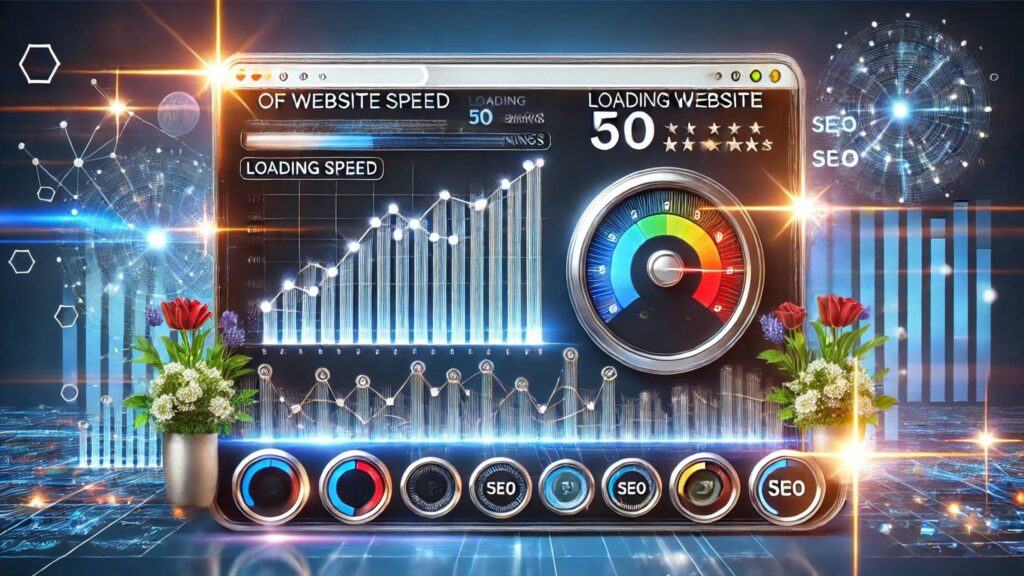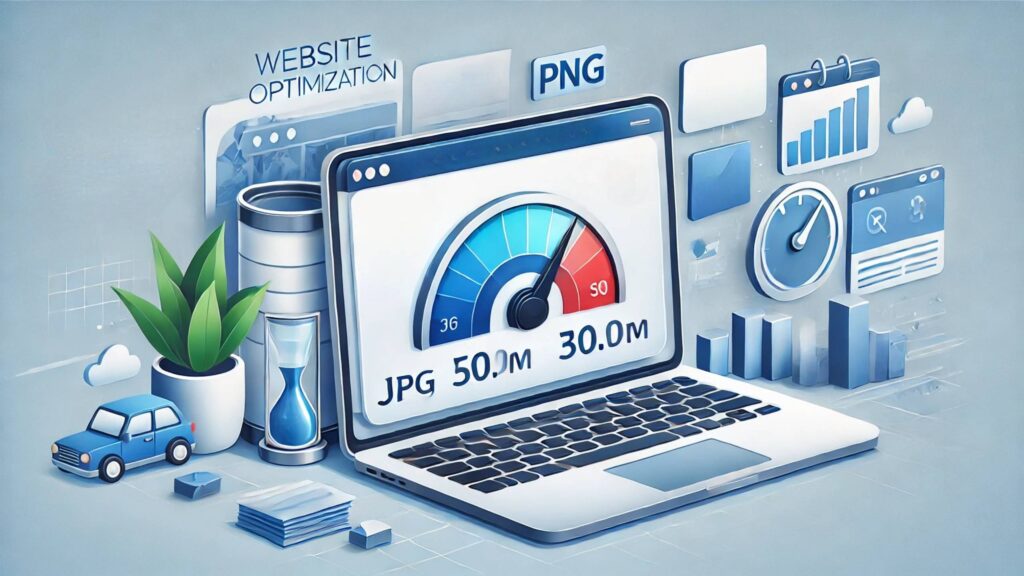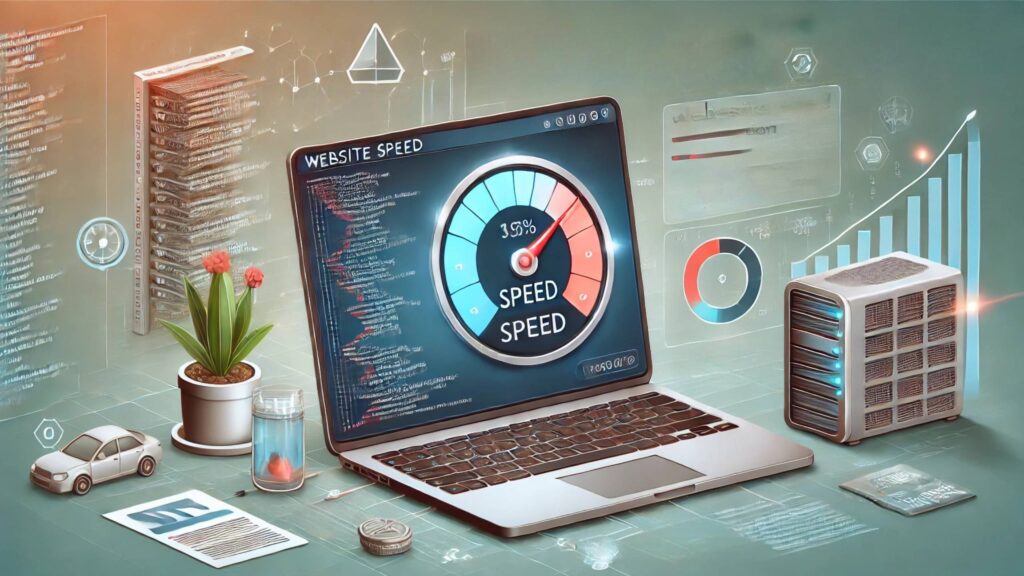Introduction

Website speed is one of the most crucial factors in determining the success of an online presence. Have you ever clicked on a website only to wait several seconds for it to load? Chances are, you didn’t stick around. In today’s digital world, speed is everything. Studies show that if a website takes longer than three seconds to load, nearly 40% of visitors will abandon it. Slow websites frustrate users, reduce engagement, and negatively impact conversions—whether you’re running an e-commerce store, a blog, or a business website.
Not only does website speed impact the user experience, but it also affects your search engine rankings. Google considers page speed as a ranking factor, meaning slower websites are less likely to appear at the top of search results. This can severely impact your visibility, traffic, and revenue. Let’s explore why website speed matters and actionable strategies to improve it. If you need expert assistance in optimizing your website, reach out to us at Ekhlasdesigns Contact Us.
1. How Website Speed Affects User Experience

Website speed directly influences user satisfaction. A fast-loading site keeps visitors engaged, encourages exploration, and increases the likelihood of conversions. When pages take too long to load, users tend to bounce off and look for alternatives. This is particularly damaging for e-commerce sites, where even a one-second delay can reduce conversion rates by 7%.
Furthermore, slow websites reduce customer trust. If a visitor encounters frequent lag, they may associate it with poor reliability or security concerns. Websites that load faster create a smoother browsing experience, ensuring users stay longer and interact with your content. If your website struggles with speed, it’s time to optimize it for better performance. Visit Ekhlasdesigns Contact Us for expert guidance.
2. The Impact of Search Engine Rankings

Google prioritizes fast-loading websites in its search results because website speed contributes to a better user experience. Slow sites not only frustrate users but also impact search rankings, making it harder for your business to be found. Google’s Core Web Vitals emphasize three key speed-related metrics:
- Largest Contentful Paint (LCP): Measures loading time of the largest visible content.
- First Input Delay (FID): Tracks how fast a page becomes interactive.
- Cumulative Layout Shift (CLS): Evaluates visual stability during loading.
Improving these metrics can lead to higher rankings, better organic traffic, and increased visibility. To ensure your website meets Google’s speed standards, consider compressing images, enabling browser caching, and optimizing code. Need help implementing these strategies? Contact us at Ekhlasdesigns Contact Us.
3. Optimizing Images and Media to Improve Website Speed

High-resolution images and large media files are among the top reasons slows down. While visuals are essential for engagement, unoptimized images can drastically increase loading times. To improve speed without sacrificing quality, follow these best practices:
- Use next-gen image formats like WebP instead of PNG or JPEG.
- Compress images using tools like TinyPNG or ImageOptim.
Additionally, embedding videos instead of directly uploading them helps reduce server load. Platforms like YouTube or Vimeo allow you to display videos without compromising site speed. By optimizing your media, you can significantly enhance your website speed and improve the user experience.
4. Leveraging Caching and Content Delivery Networks (CDN)

Caching stores copies of frequently accessed web pages, reducing the time it takes to load content for returning visitors. Implementing browser caching allows users to retrieve files from their local device rather than reloading them from the server every time they visit your site.
Similarly, a Content Delivery Network (CDN) speeds up website speed by distributing content across multiple servers worldwide. When a user visits your site, the CDN delivers content from the nearest server, minimizing latency and improving load times. Popular CDN services include Cloudflare, Amazon CloudFront, and Fastly. By utilizing these technologies, websites can handle higher traffic loads without compromising speed.
5. Minimizing Code and Server Response Time to Improve Website Speed

Bulky or unnecessary code can slow down a website’s speed. Minifying CSS, JavaScript, and HTML reduces file sizes, helping pages load faster. Tools like Google PageSpeed Insights or GTmetrix identify unnecessary code and suggest optimizations.
Additionally, slow server response times can significantly impact website speed. Upgrading to a faster web host, using dedicated servers, or implementing HTTP/2 and Gzip compression can improve website speed. Choosing a hosting provider that specializes in performance optimization ensures your website remains fast and responsive.
Conclusion
Website speed is no longer just a technical concern—it’s a business necessity. A slow-loading website can cost you traffic, customers, and revenue, while a fast site boosts engagement, improves rankings, and enhances the user experience. From image optimization and caching to CDN implementation and code minimization, there are many ways to enhance website speed.
If your website isn’t performing at its best, let’s fix it! Contact us at Ekhlasdesigns Contact Us to optimize your website for speed and success.

